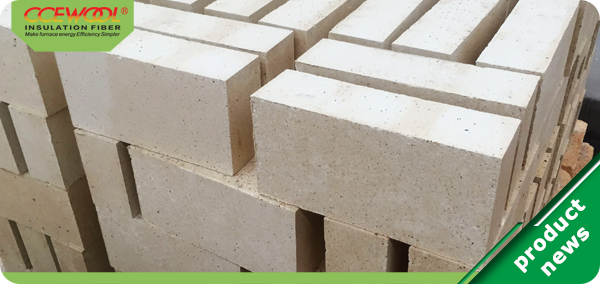
There are many factors that affect the high temperature creep of refractories, and many of them are interrelated. The main factors affecting the creep deformation of refractory materials are as follows:
1. Temperature, weight load and time
If the refractory material has been determined, temperature, weight load and time are the main factors affecting creep. The lower the temperature is, the smaller the load is, and the longer the time to reach the uniform creep rate is. On the contrary, if the temperature is higher and the load is higher, the faster the deformation.
2. Atmosphere
The creep of refractories will be greatly affected due to different atmospheres during use. For example, under the oxidizing atmosphere, even if the liquid phase is contained, the silicon brick still remains rigid under load, while under the reducing atmosphere, the temperature at which creep occurs is much lower than that under the oxidizing atmosphere. In fact, all kinds of refractories containing SiO2 have this phenomenon, which is mainly due to the reduction of SiO2 under the reducing atmosphere and the existence of Fe2O3, TiO2 and other low valence oxides, resulting in an increase in the amount of liquid phase and a decrease in viscosity. Others, such as the mullite decomposition temperature in reducing atmosphere will decrease. All of the above shows the atmosphere will greatly affect the creep of high alumina refractories.
Next issue we will continue to introduce factors that affect creep deformation of refractory material.